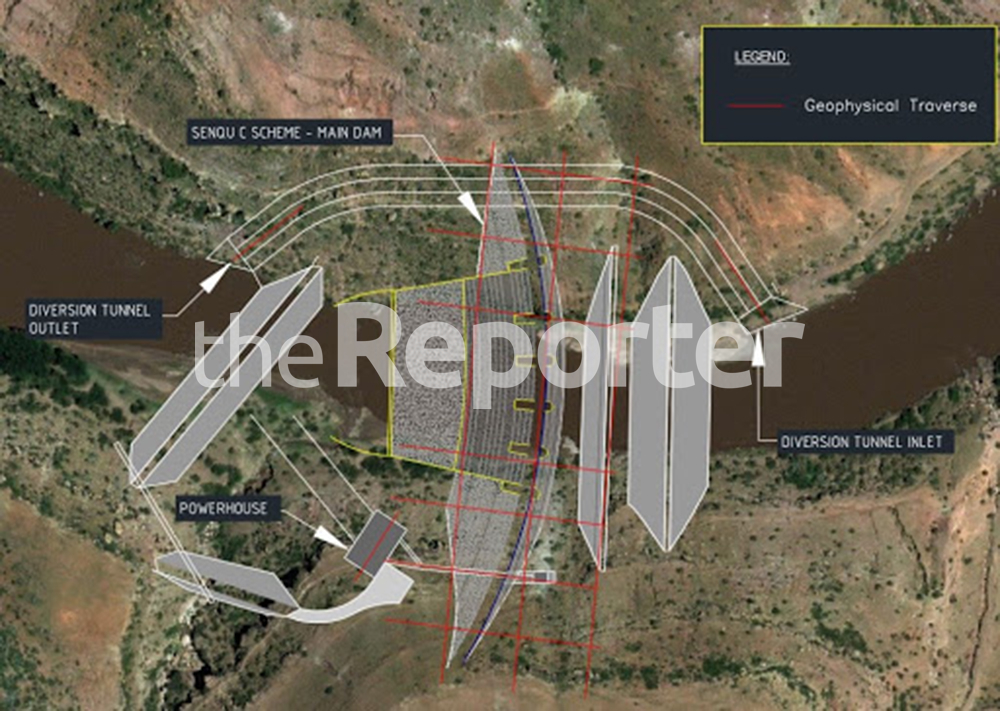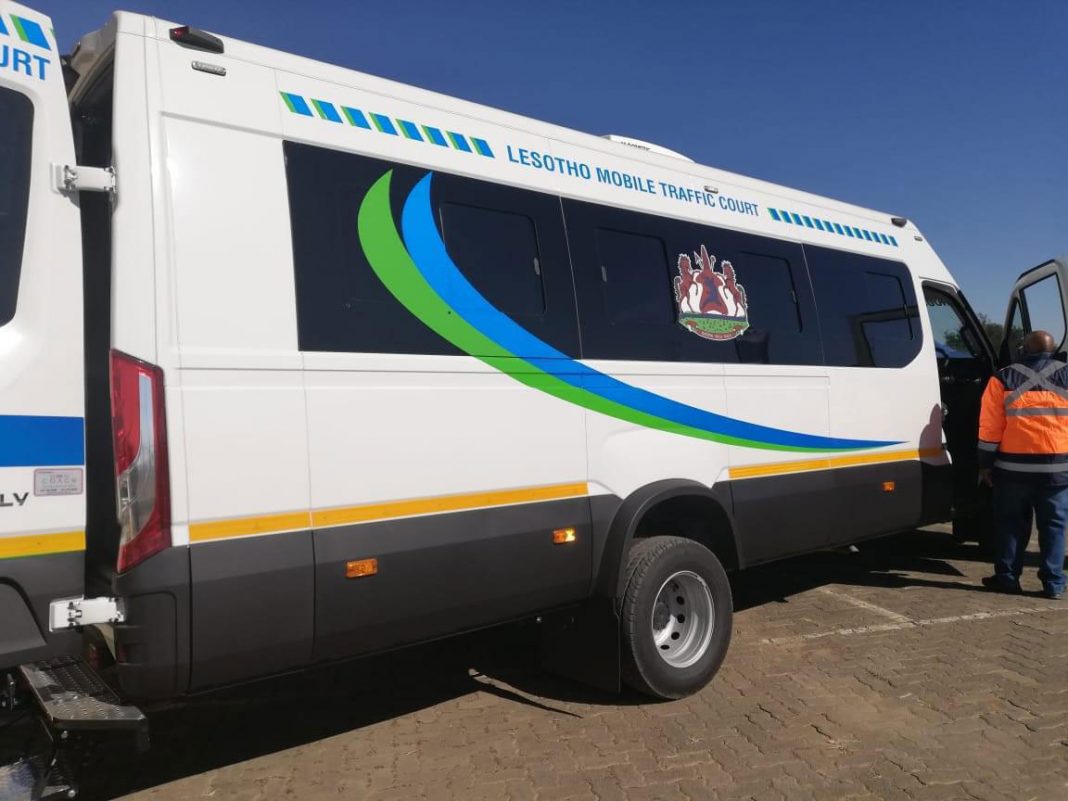Basotho Lead Petitioners (BLP) wants the construction of Polihali Dam to be halted while the two governments – Lesotho and South Africa – review the 1986 Lesotho Highlands Water Project Treaty.
The organisation believes the Treaty was meant to develop Lesotho but the royalties that Lesotho gets from the dams are not benefiting Lesotho. They also insist the dams were built with the understanding that the water will generate electricity for Lesotho yet Polihali does not cover the electricity generation component.
“Since Polihali will not be producing electricity, the construction of the dam should stop because the dam will not be serving the interests of Basotho in any way, except for sending water to South Africa,” BLP chairman Tšitso Chabeli said.
Chabeli was echoing the previous sentiments of local economist, Majakathata Mokoena, who asserted that: “Basically the main purpose of the dams was to generate electricity which is not going to be the case with Polihali because a study has been done that electricity generation at Polihali is going to be expensive”.
About the project
The dam will store part of the waters of the Orange River (Senqu) and the Khubelu River. Its concrete rockfill wall will be 165m high with a ridge length of 921m and a ridge width of 9m. At its base, the slope will be 470m wide. The dam will have a spillway with a concrete side channel spillway.
The Lesotho Highlands Development Authority (LHDA) estimates that 13 million cubic metres of rock will be extracted from the dam site and compacted for backfill construction. The Polihali dam will form a reservoir on the Orange and Khubelu rivers covering an area of 5,053 hectares, with a total storage capacity of 2,325 million cubic metres. It will be supported by a saddle dam, an auxiliary reservoir built to contain the reservoir created by a primary dam.
Lesotho highlands water supply programme
The construction of the Polihali Dam is part of Phase II of the Lesotho Highlands Water Supply Project. It is a programme to build several dams in Lesotho to capture the waters of the upper Orange River Basin and reverse part of its flow in order to provide South Africa, and in particular the Johannesburg region, with drinking water. Two tunnels are under construction to supply the Polihali dam.
The work is being carried out by SCLC Polihali Diversion Tunnel Joint-Venture, a joint venture formed by the Italian companies Salini Impregilo and Cooperativa Muratori Cementisti CMC di Ravenna, as well as the South African company CMI Infrastructure and LSP Construction from Lesotho. Part of the water from the Polihali dam will be transferred to the Katse dam in South Africa via a tunnel while some of the water will be used to generate electricity for Lesotho.









